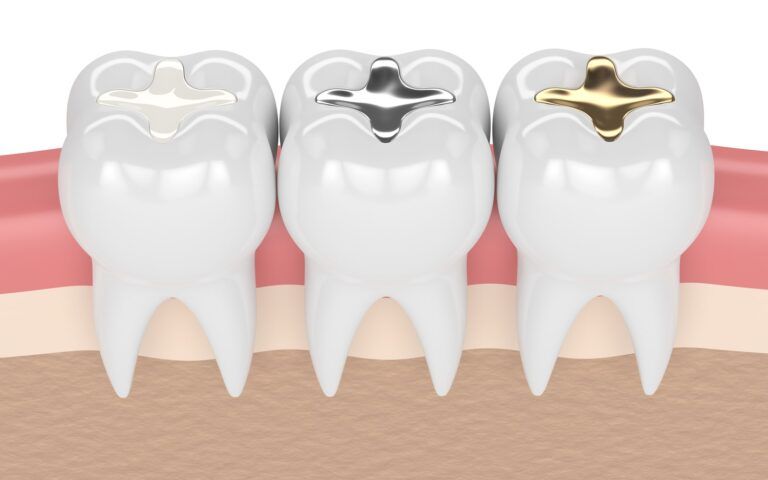The Benefits of Restorative Treatment Before Orthodontics

More often than not, many patients don’t want orthodontic treatment. The thought of braces can be an unpleasant one for some, as braces treatment often takes a considerable amount of time and effort to work through. As a result, many often choose restorative treatment due to its high appeal and immediate solutions. For dentists in these positions, it can be difficult to decide whether a restorative or orthodontic treatment will work best for their patients, as answers to this question vary. However, it’s important for us to pay attention to the benefits of restorative treatment over orthodontics and whether or not orthodontic treatment can be applied at a later date.
Aesthetics, Orthodontics and Achieving Results
Orthodontics can eliminate any need for restorative treatment and is often recommended for those wishing to save money and improve their tooth structure. But more times than not, many patients state that they won’t do braces for various reasons. From poor aesthetic appeal to the limited food options, braces tend to lack the aesthetic appeal that restorative treatments provide for patients. Veneers, crowns, and even implants can all correct varying issues with tooth structure while providing patients with the aesthetics they desire.
- Restorative treatment: before orthodontics can provide benefits to patients looking to eliminate signs of discoloration, improper tooth movement, and poor dental structure, and can do so in the following ways:
- Restoration vs. Alignment: As previously mentioned, one of the biggest benefits that restorative treatments can bring is their ability to restore aesthetic appeal. While orthodontics can improve alignments, problems with discoloration, gummy smiles, and poor enamel wear can’t be fixed with orthodontics. In some cases (where poor oral health is present), it can even make those problems worse.
- Costs vs. Results: Restorative treatments tend to be more costly when compared to braces. These treatments tend to use materials such as porcelain and ceramics to mimic the look and appearance of natural-looking teeth, while braces, on the other hand, tend to act as a long-term investment. For those who cannot afford long-term treatments, restorative treatments can be costly at first but also provide patients with a shorter time frame for their oral health.
Alone vs. Combined Treatment: Most orthodontic treatments are performed solely by themselves, with no interventions for aesthetic improvement until the process is completed. However, many dentists often neglect the possibilities of combining aesthetic restorations with surgeries that can fix internal problems related to the structure of the patient’s smile. Orthodontics and restorative treatments can also be combined as a multi-faceted treatment plan to help patients achieve both alignment and aesthetics.
Seeing Either a Cosmetic or Orthodontic Dentist
Overall, it’s important to present patients with more multi-faceted options that don’t limit their dental care. While orthodontics provides an essential form of care that helps many, restorative treatment can provide alternative solutions to alignment problems without impacting costs and aesthetic appeal. These alternatives, however, depend on the patient’s oral health and their dental needs, and communication between dentists and patients is essential for finding solutions that work for them.
